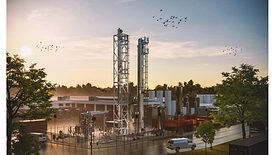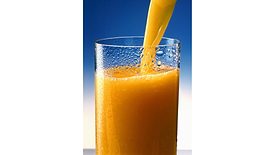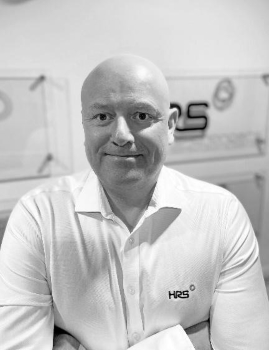Home » Keywords: » energy savings
Items Tagged with 'energy savings'
ARTICLES
Raise Cold-chain Temps From 0°F To 5°F, Save Energy and Slash Carbon Emissions
International research finds potential energy savings of 25 terawatt-hours per year and decreased carbon emissions equivalent to 3.8 million cars taken off the road.
May 14, 2024
Steam: Minimize the Losses, Save Energy
Steam is too valuable a commodity to lose
March 27, 2023
Market Research
Research Reveals Energy Concerns Impacting Business Competitiveness, the Workforce and Decarbonization
March 20, 2023
Tech Update
Reduce Your Energy Usage, but Know Where to Start
There may be some energy-savings steps you haven’t yet taken.
October 5, 2022
Elevate your expertise in food engineering with unparalleled insights and connections.
Get the latest industry updates tailored your way.
JOIN TODAY!Copyright ©2025. All Rights Reserved BNP Media.
Design, CMS, Hosting & Web Development :: ePublishing










